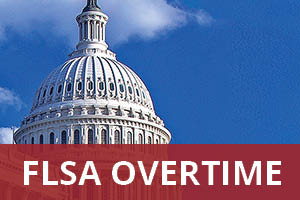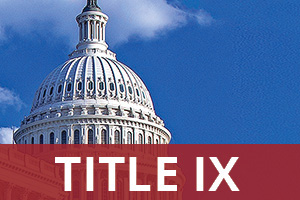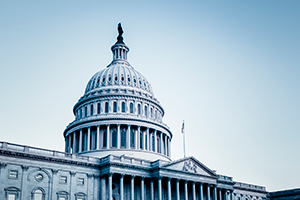by CUPA-HR | April 23, 2024
On April 23, the Department of Labor (DOL) issued the highly anticipated final rule to alter the overtime pay regulations under the Fair Labor Standards Act (FLSA). The rule increases the minimum salary threshold to $43,888 on July 1, 2024, and then to $58,656 on January 1, 2025. The rule also implements automatic updates to the threshold that will occur every three years. Institutions will need to make all necessary adjustments by July 1, 2024, in order to be in compliance with the final rule.
The department clarified that the first increase updates the minimum salary threshold using the department’s current methodology, which was used in the 2019 Trump-era overtime rulemaking to set the current standard of $35,568. The second increase then implements the department’s new preferred methodology, which sets the minimum salary threshold to the 35th percentile of weekly earnings of full-time salaried workers in the lowest wage census region. This phased-in implementation will likely impact how litigation challenging the rule is both pursued and decided over the next six months.
In September 2023, DOL issued its proposed rule to update the minimum salary threshold, which sought to increase the threshold from its current level of $35,568 annually to $60,209 — a nearly 70% increase. The proposed rule also sought to implement triennial automatic updates based on the 35th percentile.
CUPA-HR submitted comments in response to the proposed rule and participated in a meeting with DOL and officials from the White House Office of Information and Regulatory Affairs (OIRA) to express our concerns with the proposal. In both the comments and OIRA meeting, CUPA-HR made the four following recommendations for DOL to consider before issuing their final rule:
- DOL should not update the salary threshold at this time.
- DOL should lower the proposed minimum salary threshold and account for room and board.
- DOL should not implement automatic updates to the salary threshold.
- DOL should extend the effective date of any final rule implementing a higher salary threshold.
Lawsuits challenging the final rule are forthcoming. In the meantime, CUPA-HR will be hosting a webinar on May 8 covering the provisions of the final rule and its impact on higher education. Registration is open and free to all.



